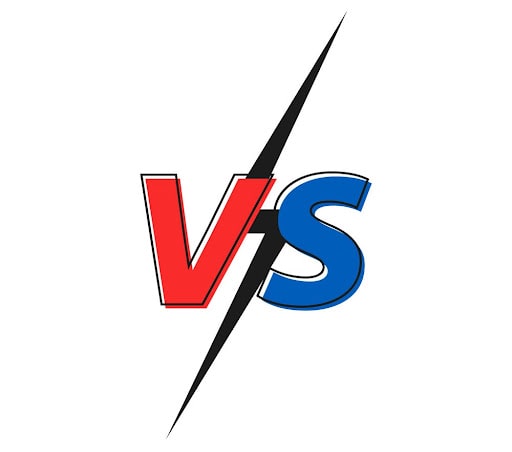Happy New Year. The beginning of a new year usually marks a fresh start which in most cases involves expectations. There are so many things to look forward to in the year 2022. For some, it may be graduation, for others relocation to a new city or going on a vacation, Kendrick might drop an album *fingers crossed*, life within the Metaverse, and the hopeful end of the pandemic. As a designer one of the things I am looking forward to is the reemergence of old design trends mainly Anti-design and Minimalism. Over the past couple of years, both styles have been slowly making their way back into the world of design, and what fascinates me is that they contrast each other with their respective concepts and styles. But what are Anti- Design and Minimalism?
First, let’s talk about Anti- Design which means going against the rules and fundamentals of design. Anti-design is the expression of rebellion – bending, stretching, and re-interpreting the rules of graphic design. This was an art movement that originated from Italy and spanned the years 1966-1980. The movement was big on the use of striking colors, scale distortion, the use of irony, and kitsch. Like almost every art movement that began with going against the norm, anti-design came about as a reaction to what many avant-garde designers at the time saw as the perfectionist aesthetics of Modernism. It caught the attention of many through the music industry scene a couple of years ago when Kanye released The Life of Pablo album. Many called it crappy and underwhelming mainly due to its unconventional layout inspired by Anti-Design. This art movement which died over 40 years ago has been making its way back into the design scene as it is being used by big brands like Nike -Sustainability campaign and Puma- This is my flow campaign. It is also becoming very prominent within the independent magazine publishing industry with brands like Mushpit, Hotdog Magazine, and Buffalo Zine. Even though not everyone might not like the idea of anti-design, there’s no doubt that it serves a very effective purpose which is grabbing the attention of a viewer. Personally, I am not really a fan of this style however I look forward to seeing how it evolves with time.
Ever heard of the phrase “Less is More”? In its most stripped-down definition, minimalism is about designers expressing only the most essential and necessary elements of a product or subject by getting rid of any excessive and, therefore, unnecessary components and features. It is an art movement that developed in the late 1950s and early 1960s. It came about as younger artists created work that purposefully rejected the characteristics and techniques of abstract expressionism. This was new at the time because artists created work that brought attention to the true essence of the medium and material to form the art itself. The movement is based on abstraction devoid of personal expression or in some cases, personal expression is kept to a minimum. Today, Minimalism is all around us. This style presents itself in the form of 2D vector graphics and monochromatic color palettes paired with a maximum of two typefaces and in most cases one. We see it on our favorite websites, within the user interface of mobile applications, posters, package design, and logos. Speaking of logos, last year a lot of companies went through a rebrand and redesigned their logos. Notable mentions are Pringles, Burger King, and Facebook which is now known as Meta. These big corporations took a minimalist approach with their rebrand and this might influence a lot of other companies within their industries to do the same.
To sum up, Anti-Design and Minimalism are becoming more prominent in design today after several years since they were formed and this is due to both trends being utilized by corporations within multiple industries. Since their founding principles contrast each other, I am excited to see how they reshape design today. Hopefully, two legends can coexist and possibly birth a new art movement.
Read more blogs from The Kool Source here.
- The Future of Graphic Design in a Digital World - June 30, 2025
- How to Communicate Your Vision to a Graphic Designer Effectively - May 23, 2025
- Why Branding Matters: A Designer’s Perspective - April 17, 2025


0 Comments